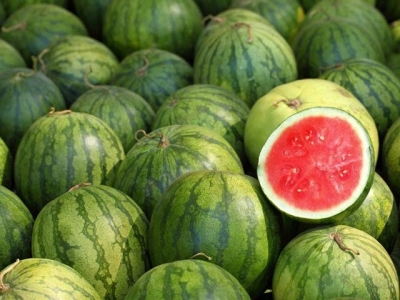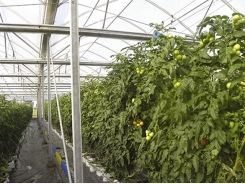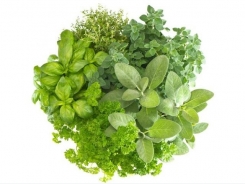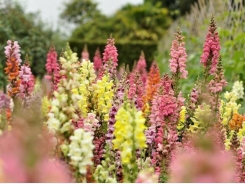How to Grow Watermelon

WATERMELON VARIETIES
Watermelons need an extensive and warm growing season, regardless of what variety you choose. Read seed or seedling information carefully before purchasing, to be sure it will be possible to grow in your climate. There are many cultivars available, including seeded and seedless types. Red-fleshed watermelons include Royal Sweet, Oasis, Sugar Baby (a smaller melon), and Fiesta. Yellow-fruited watermelons include Sunshine and Yellow Baby (also smaller). Seedless varieties are considered harder to grow in home gardens, but you can try Triple Sweet, King or Queen of Hearts, or Tiffany among seedless cultivars.
GROWING CONDITIONS FOR WATERMELONS
Watermelons grow best in locations where there are long sunny days and warm temperatures. Daytime temperatures should be reliably in the 70s and 80s during the growing season, with nighttime temperatures between 65 and 70 degrees. As far as soil acidity, they prefer a pH in the 6.0 to 6.8 range for best growth, but will be fine in soils down to a 5.0 pH as well. A sandy, loamy soil rich in nutrients is the best for watermelons, to provide good drainage.
PLANTING WATERMELONS
Since watermelons are so sensitive to cold, they should not be set out until all danger of frost is passed. In many areas, this means you must start them indoors in the spring in seed pots. A good time frame to do this is about four weeks before you expect to be able to put them in the ground. Plant seeds with your preferred seed-starting method, whether it is peat pots, peat pellets, homemade cardboard or newspaper pots, or store-bought seed trays of soil. Seeds should be planted two in a pot, and thinned out after germination. Poke them into the soil about an inch down and cover with soil. If you are starting them in the garden, they will flourish best in hills. Add fertilizer when starting seeds to help germination and early growth.
WATERMELON CARE
Mulch watermelons, keeping the fruit off the ground as it grows, and helping the plants retain moisture. Many gardeners and growers in colder zones use black plastic around watermelons to help warm the soil as well as serve as mulch. They are a vining plant, so they need supports like upright stakes with string or wire between them. Small “ice box” melons can also be grown on trellises with horizontal supports. To keep weeds down, hoe shallowly and regularly around the base of the melons, being sure not to chop any roots. Be vigilant about pulling weeds that can outcompete the tender melons.
HARVESTING WATERMELONS
It takes some practice to know when a watermelon is ready for harvesting. The stem and its nearby tendrils of vine turns brown and dries up, while the “ground spot,” or point where the melon rests on the soil, turns a cream or white color from its previous green or yellow. You may hear that a watermelon will sound ripe by giving a dull thump when tapped; this can be an unreliable indicator, so also check the surface of the fruit, which should turn duller and rougher. The melon should snap off easily from the stem, with no tearing or cutting needed. Store picked, uncut watermelons for up to two weeks at room temperature.
PROBLEMS GROWING WATERMELONS
Watermelons enjoy humid, warm conditions, but these are often also perfect for diseases and pests to flourish. Possible pests include cucumber beetles, aphids, and mites, while diseases include fusarium wilt, anthracnose, alternaria leaf spot, and gummy stem blight. Some cultivars are resistant to certain diseases. You can help prevent early insects by using row covers until the plants begin to bloom, and you also can use your choice of insecticide to deter pests.
Related news
Tools

Phối trộn thức ăn chăn nuôi

Pha dung dịch thủy canh

Định mức cho tôm ăn

Phối trộn phân bón NPK

Xác định tỷ lệ tôm sống

Chuyển đổi đơn vị phân bón

Xác định công suất sục khí

Chuyển đổi đơn vị tôm

Tính diện tích nhà kính

Tính thể tích ao




 Veggies boost the bottom line
Veggies boost the bottom line  Growing Snapdragons Flowers: A How To Guide
Growing Snapdragons Flowers: A How To Guide